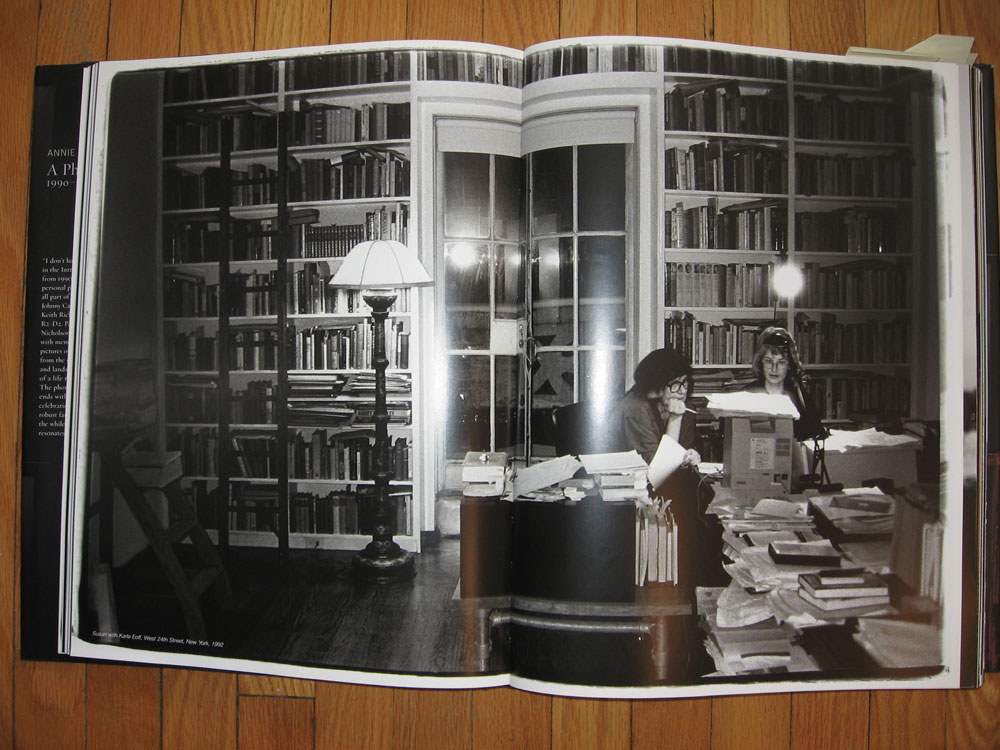I love this photo of Jim Henson, writing in his eames lounger. What would be, for me, the most awkward pose in which to write, works for him. His feet are propped up not just on the chair’s ottoman, but also on a shelving unit, which suggests that he’s put the chair in that place, just so. I like that Henson wrote this way because it’s eccentric and wonderful, must like his muppets. There is purpose to the artist’s strange ergonomic.
A while ago I went to see Matthew Kirshenbaum give a talk about his forthcoming book Track Changes: the Literary History of Word Processing. As part of this project, Kirshenbaum is “cataloging the first computers or word processors for as many authors as I can reliably ascertain.” During the lecture he showed slides of writers working at these computers, and though Kirhshenbaum’s interest is in the type of machine and its interface, I was brought in by the rest of the desk, the room, the choices of where things are placed, how the space is lit, what time of day of it is, what they are drinking, wearing, small choices that add up to a whole habitus, the spaces, practices, and routines that construct our sense of value and our place in the world.

The images that illustrate Kirshenbaum’s project were what lead me to start cataloguing instances of “feminist computing” here. This ongoing project is about an old-school concern for the personal-as-political. What Victoria Hesford describes as the “micropolitics of vaccuming and sexual intercourse”—to which I would add “choice of post-it notes”—, which become “sites for feminist resistance,” acknowledged in their political charge instead of being written off as unimportant because of their everyday character.
Recently I went to hear Julie Maroh, creator of the graphic novel Blue is the Warmest Color (2013), speak about her practice and her new book. She talked about process a lot, and my favourite question asked her to describe her daily routine—what do the banal habits of working look like for her? She talked about mornings spent drinking tea at her desk while responding to email, afternoons of drawing or writing (rarely both activities in one day). She talked about going grocery shopping in the mornings. Staying up late to work. And then days when she feels like she accomplishes nothing at all, a frustrated feeling I want to learn how to let go of.
The small ways that we choose to work matter. What gets left out of conversations about art and labour, or about academia and precarity, is what this work actually looks like: what the rhythm of a day feel like, and how small habits and tiny practices become major ways of dealing with the ways that capital diminishes the steps that go into doing this kind of work. Steps like making a pot of tea to drink in your ridiculous chair.

